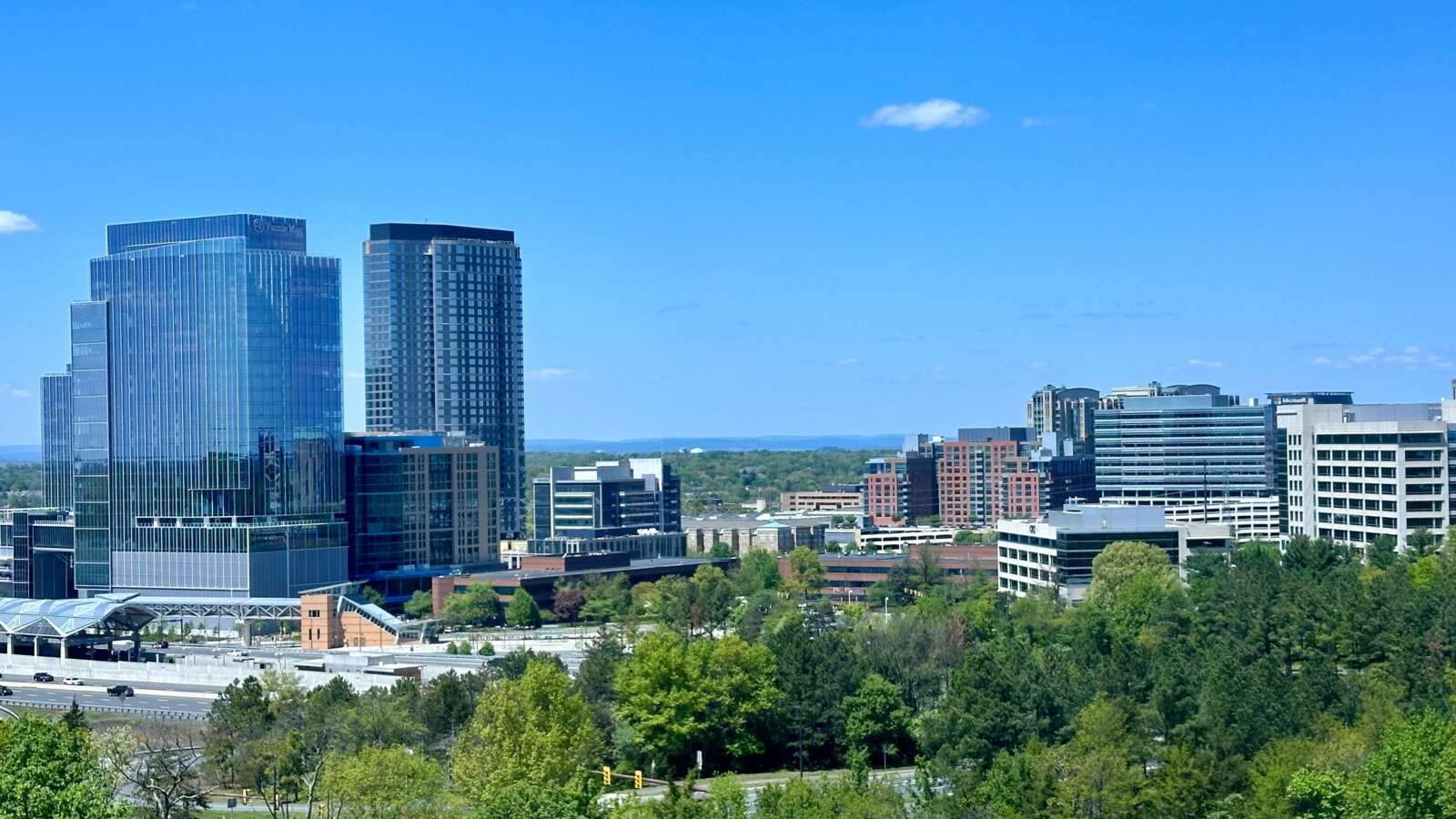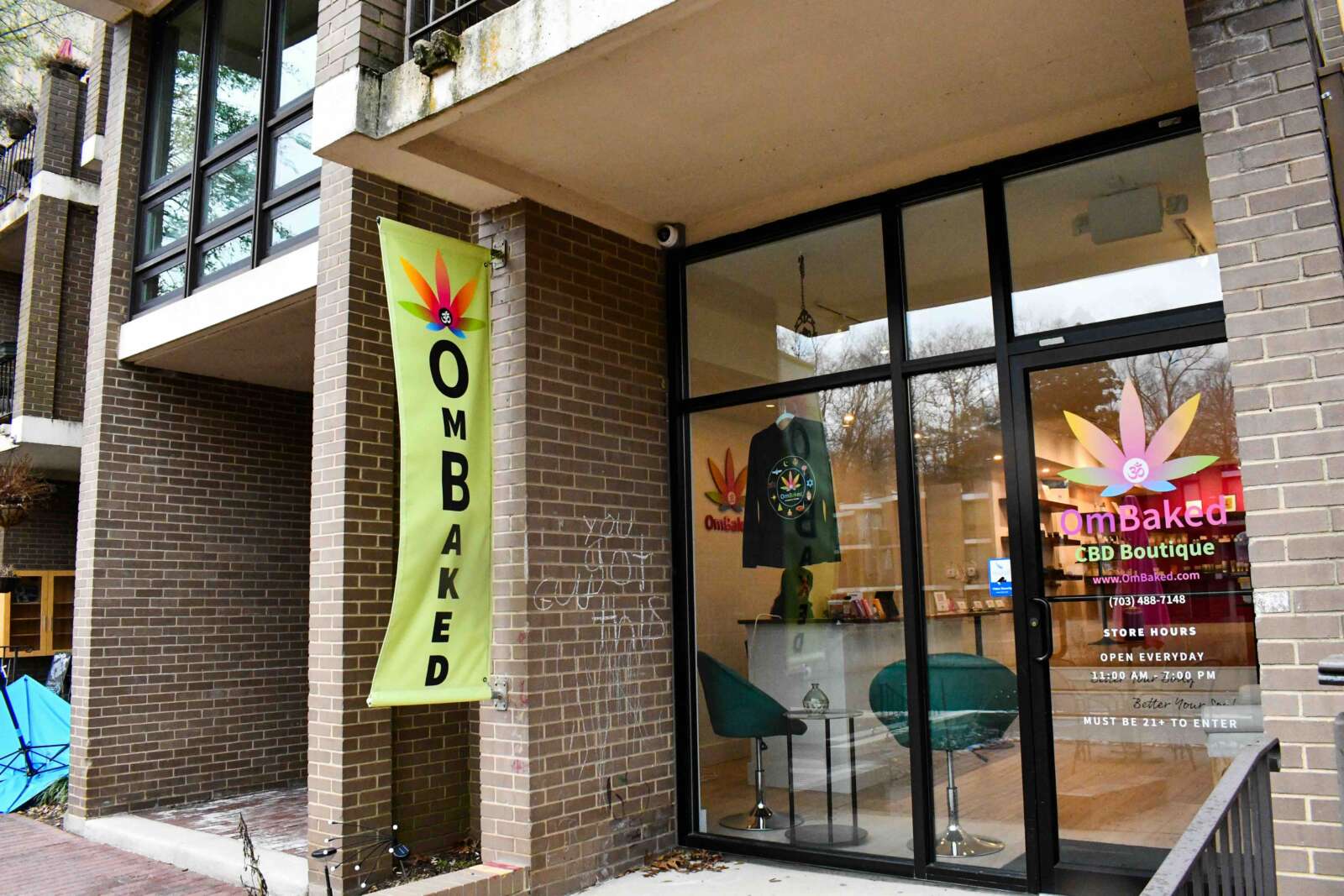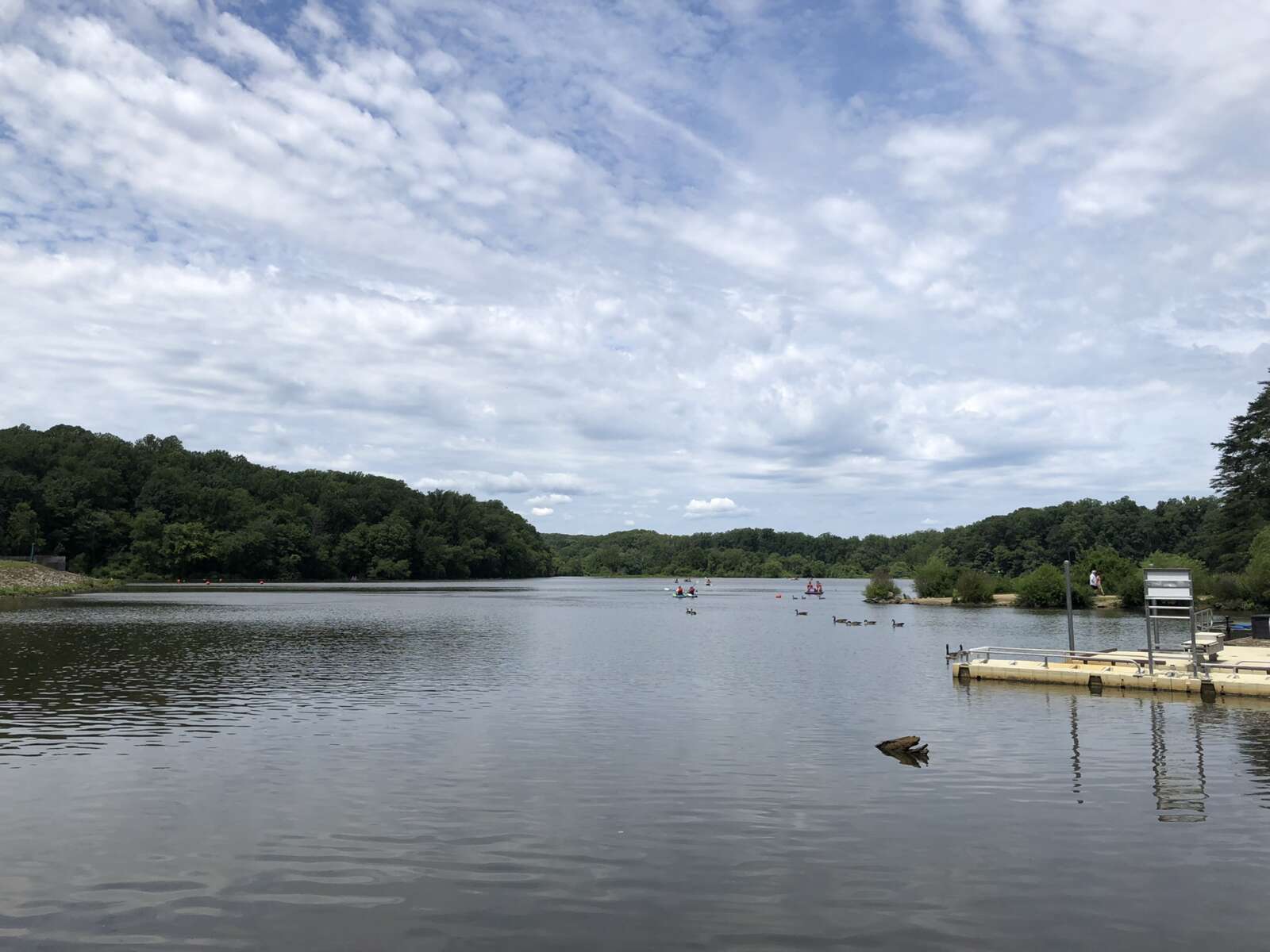 This is an opinion column by Del. Ken Plum (D), who represents Reston in Virginia’s House of Delegates. It does not reflect the opinion of Reston Now.
This is an opinion column by Del. Ken Plum (D), who represents Reston in Virginia’s House of Delegates. It does not reflect the opinion of Reston Now.
Women first came to the English colony at Jamestown Island in 1619–400 years ago, and hence their arrival is part of the American Evolution 1619-2019 commemoration going on throughout the Commonwealth. As with the other events that marked the historic significance of this year and that I have written about in this column, the real meaning of the events comes about in examining the decades and centuries that followed from 1619. There is no surprise that the land developers who were making investments in the new colony would advertise free voyage to women to come to this new land of potential opportunity and freedom from poverty and oppression they may have felt at home. If the colony was to have success in developing economic opportunities and stability that families would bring, it needed women to come and find themselves adventure…and a husband.
English women who came were not slaves although they no doubt had to work hard to start a life and a home in the wilderness. If they came with an indenture to pay off their voyage fare, they could work off their obligation over a number of years. But just like in the society they left, even with the indenture paid off, women were not free or in the same category as men. When Thomas Jefferson wrote the Declaration of Independence nearly a century and a half later, he proclaimed that “all men are created equal.” We speculate that if he were writing a document today that he would say “all persons,” but his writing at the time reflected women’s lesser role in society. The story of women’s rights continues to evolve even until today.
The capital of Virginia moved to Richmond in 1780, but it was not until this week that a memorial noting the contribution of women to the Commonwealth’s history was finally dedicated on Capitol grounds. The twelve women chosen to be depicted as bronze statues in the Virginia Women’s Monument represent women from all corners of the Commonwealth, both widely-celebrated women, as well as those with previously unknown but equally important stories. Many more women will be memorialized on the Wall of Honor and in the accompanying virtual educational modules. To get to know these women, most of whom I dare to say few have heard of, visit Women’s Monument.
Also recognizing the struggle of women for their rights, the Turning Point Suffragist Memorial Association (TPSM) is building a national memorial to American suffragists–with a special focus on those imprisoned at Occoquan, VA, who endured harsh conditions and abuse to win voting rights for American women. For more information on the women who led the suffragist movement and the hardships they endured, visit suffragistmemorial.org. The nineteenth amendment ensuring women the right to vote was not ratified until 1920. Virginia rejected it in 1920 and did not vote for ratification until 1952.
A fitting tribute to Virginia women 400 years after their arrival would be passage of the Equal Rights Amendment by the General Assembly at its next legislative session.
File photo





